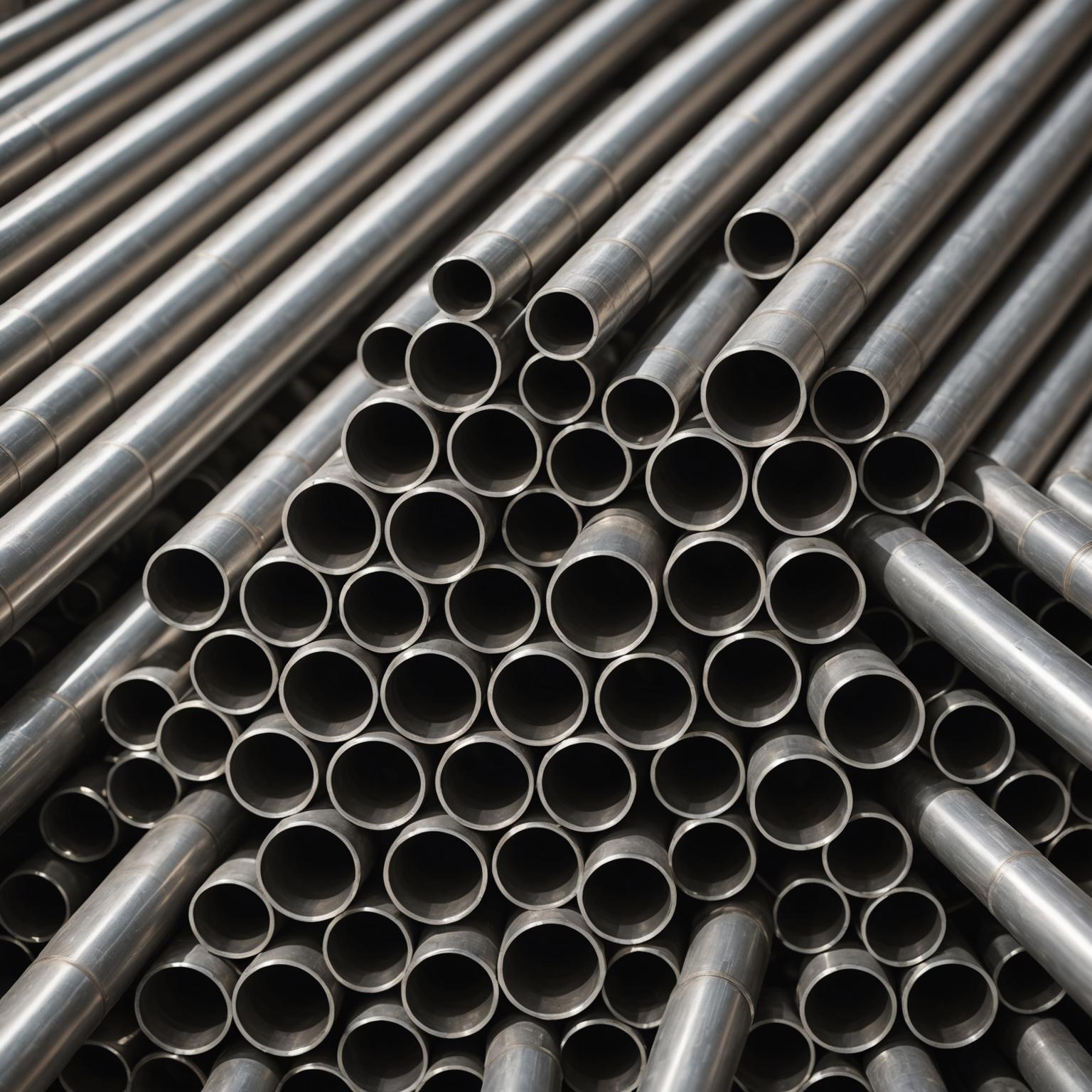When embarking on a new industrial, commercial, or even residential project that requires piping, selecting the right material is a critical first step. Among the most popular choices is stainless steel, but not all stainless steel is created equal. The debate over 304 vs 201 Stainless Steel pipe is a common one, leaving many project managers and engineers wondering which is better for your project. This guide will delve into the properties, benefits, and ideal applications of each type, providing you with the knowledge needed to make an informed and cost-effective decision that ensures the longevity and success of your infrastructure.
Understanding Stainless Steel Grades
Before we compare 304 and 201 stainless steel directly, it's helpful to understand what these grades signify. Stainless steel is an iron-based alloy that must contain at least 10.5% chromium. This chromium content is what gives the steel its characteristic corrosion resistance by forming a passive, protective oxide layer on the surface. Different grades of stainless steel are created by adding other elements like nickel, manganese, and nitrogen to achieve specific properties. Both 201 and 304 belong to the austenitic family of stainless steels, which are known for being non-magnetic, highly formable, and possessing good strength.
A Closer Look at 201 Stainless Steel Pipe
Grade 201 stainless steel is a lower-cost alternative to the more traditional 300-series steels. Its development was driven by the need to conserve nickel, a relatively expensive alloying element. To achieve this, metallurgists replaced a portion of the nickel content with manganese and nitrogen. This alteration has a significant impact on its properties. While the addition of manganese and nitrogen makes 201 stainless steel harder and stronger than 304, it comes at a cost to its corrosion resistance. The lower chromium and nickel content makes it more susceptible to rust and corrosion, particularly in environments with high humidity, saltwater, or acidic substances. Due to this limitation, 201 stainless steel pipes are best suited for dry, indoor applications such as decorative trim, indoor railings, and certain structural components where environmental exposure is minimal.
The Industry Standard: 304 Stainless Steel Pipe
Grade 304 is the most widely used stainless steel in the world, often referred to as 18/8 stainless steel because of its composition of approximately 18% chromium and 8% nickel. This high nickel and chromium content is the key to its superior performance. Grade 304 offers excellent corrosion resistance against a wide range of atmospheric and chemical agents. It is highly durable, easy to fabricate, clean, and weld, making it an incredibly versatile material. Its reliability and long-term performance have made 304 stainless steel pipe the go-to choice for countless applications, including food and beverage processing, chemical transport, water and wastewater systems, pharmaceutical equipment, and architectural paneling. It is the definitive choice for projects where hygiene and resistance to corrosion are paramount.
Direct Comparison: 304 vs 201 Stainless Steel Pipe
To truly understand which material is right for you, let's put them side-by-side across key performance metrics.
Corrosion Resistance: This is the most critical difference. Grade 304 is significantly more resistant to corrosion and rust than Grade 201. The higher nickel content in 304 provides superior protection, especially against pitting and crevice corrosion in chloride-containing environments. A 201 pipe exposed to the elements will show signs of rust much faster than a 304 pipe.
Strength and Hardness: Grade 201 is about 30% stronger than Grade 304 and exhibits greater hardness due to its higher nitrogen content. However, this increased hardness makes it less ductile and slightly more difficult to form and bend without cracking compared to 304.
Cost: Here is where 201 has a clear advantage. The substitution of expensive nickel with more affordable manganese makes 201 stainless steel a more budget-friendly option. For projects with tight financial constraints and suitable application environments, this can be a decisive factor.
Durability and Longevity: While 201 is strong, 304 is more durable in the long run for most piping applications because its corrosion resistance prevents degradation over time. For a system designed to transport fluids or operate outdoors, a 304 pipe will have a much longer, maintenance-free service life.
So, Which is Better for Your Project?
Answering this question requires a careful evaluation of your project's specific needs, environment, and budget. There is no single 'best' option, only the 'right' option for the job.
Choose 201 Stainless Steel Pipe if:
- Your project is for an indoor application in a dry, controlled climate.
- The primary function is structural or decorative, with no direct contact with corrosive substances.
- The budget is a primary constraint, and the lower cost of 201 is a significant benefit.
- Examples: Interior architectural elements, decorative tubing, restaurant equipment in dry areas.
Choose 304 Stainless Steel Pipe if:
- The pipe will be exposed to moisture, humidity, or outdoor weather.
- The system will transport water, food products, chemicals, or other corrosive fluids.
- Long-term reliability and minimal maintenance are top priorities.
- The application demands high standards of hygiene and cleanability.
- Examples: Water supply lines, industrial fluid transport, marine hardware, kitchen sinks, food processing equipment.
In conclusion, the choice between 304 and 201 stainless steel pipe hinges on a balance of cost versus performance. While the lower price of 201 is attractive, its limitations in corrosion resistance make it unsuitable for the majority of demanding piping applications. For projects that require unwavering reliability, longevity, and protection against the elements, the investment in Grade 304 stainless steel is a wise one, ensuring your infrastructure remains robust and functional for many years to come.








